A supercharged race-ready watercraft had not entered the list of the top 10 best-selling personal watercraft for nearly a decade. That is, until 2017, when the Yamaha GP1800 WaveRunner came in 6th place, beating naturally-aspirated Recreation-segment machines left and right. Being the inaugural year for the GP1800, certainly the shine of newness helped bolster demand. Yet, what truly elevated the craft from being a “SVHO-powered VXR” to the sport’s winningest runabout was its design.
The done-and-dialed Super Vortex High Output 1,812cc, centrifugally-supercharged four-cylinder fitted into a NanoXcel2-molded body gave the craft a leading power-to-weight ratio. It’s adaptation to aftermarket handling and performance parts pushed it further. Tipping the scales at 769-pounds, the GP1800 is lightweight, torquey and incredibly responsive. Needless to say, racers took to this WaveRunner immediately and the podium finishes followed in kind. And they kept coming.
With little competition in the way of impact to both the industry and sport, as well as mass consumer appeal, the 2017 Yamaha WaveRunner GP1800 handily earned The Watercraft Journal’s “Watercraft of The Year” award. It was also chosen as the vehicle of choice to become the latest Limited Edition “GP1800R” from RIVA Racing, as well as a special edition offering from Dean’s Team. And why not? An air ribbon delete and an ECU tune pushed it to to 79-80mph. Toss in an intercooler upgrade and a repitched prop, and the GP1800 was capable of 86mph all day long.
Currently, the GP dominates all tiers of supercharged runabout classes; particularly AquaX offshore races, the Pro Stock IJSBA and Pro Watercross classes, and most notably, major offshore endurance events like the Mark Hahn Memorial 300 and the Long Beach-to-Catalina Championships – having clenched first place twice in a row, respectively. By all observers, the machine appears relentless in its domination, and understandably so. It was ranked the third best selling PWC for the first half of 2018, coming in just 55 units behind second place’s Sea-Doo Spark Trixx (2017’s best seller).
Frankly, the GP1800 changed the landscape for Yamaha, and because of this machine, the future of the WaveRunner lineup has been directly effected. “Personal watercraft sales were strong this summer, and we exceeded expectations across the board, selling out of several of our most popular models,” noted Bryan Seti, Yamaha Watercraft’s general manager. “With this product introduction that highlights many new features and technologies never seen before in the industry, we expect to build on our momentum and continue to bring customers the best experiences on the water.”
For 2019, Yamaha’s GP becomes more race-ready as the new GP1800R. That’s right, the “R” is back, baby! It’s no surprise that Yamaha works incredibly close with some of the most prestigious race teams in the world, and part of that partnership is regular feedback and input. Using what intel was provided, Yamaha upgraded the GP1800R with a top-loader intake grate and race-designed ride plate for greater precision and predictability in rough water. In fact, that word came up several times during our introduction.
“We really focused on improving predictability,” said Scott Watkins, Yamaha Watercraft’s WaveRunner Product Planner. “The new ride plate is longer to reduce bow rise when accelerating quickly. The planning surface is angled slightly for just the right amount of rocker to give the GP1800R the right riding attitude for optimum top speed. Also, the edges of the planning surface help the GP1800R track straighter at higher speeds.”
Equally, the new intake grate features a foil that feeds water to the top of the impeller to improve traction and keep the pump hooked up to maintain maximum thrust when turning. Additional improvements include hull reinforcements around the pump tunnel and redesigned brackets to battle the added force on the intake grate. New color options are only minor from last year’s offerings: Torch Red Metallic and black, and Team Yamaha Blue and white with neon yellow accents.
With the loss of the VXS two years ago, the VXR stands apart – especially now that Yamaha has made the VXR a naturally-aspirated version of the GP1800R. “This year we really wanted the ‘R’ to mean something,” Watkins teased, revealing the upgrades to the new 2019 VXR. Not only does the VXR receive the same redesigned intake grate and ride plate as the GP1800R, but also drops 30-pounds of weight thanks to the addition of a NanoXcel2 hull and deck. The 155mm pump remains.
“With the 2019 performance upgrades, we took designs that were proven on the race course by the best riders in the world, and made it something customers can get right out of the box,” said Watkins. “The result is a whole new character to these WaveRunners, that recreational riders and racers alike will find fuels their desire for ultra high performance experiences on the water with unbelievable handling.” Livery options are a Torch Red Metallic-and-white, and a very similar Team Yamaha Blue-neon-yellow-and-white pattern to associate the VXR to its supercharged sibling.
The addition to Yamaha’s race-ready lineup of “R-equipped” runabouts is the astoundingly fun EXR. The addition to Yamaha’s entry-level EX Series is almost our personal favorite of the bunch. As is with the new lineup of race-ready machines, the EXR becomes “the most affordable WaveRunner to feature Yamaha’s high-performance, super-lightweight NanoXcel2 hull and deck material,” according to Yamaha. Coming in at a scant 540 pounds – a full 60-pounds less than the EX Deluxe – it includes a top-loader intake grate and a 40mm pump extension for increased agility, handling and performance.
But weight loss wasn’t enough. The new EXR picks up a retuned engine control unit (ECU) increasing horsepower by ten percent (110-horsepower) over the rest of the EX line. “No one has developed a watercraft quite like the EXR,” continued Watkins. “With its combination of high performance and ultra light weight, it offers the best power to weight in its class, and customers are going to find that it’s a blast to ride, unlike anything else on the water today.” Look for it in a similar Team Yamaha Blue, neon yellow and white livery.
Alas, the biggest change we saved for last: a 100-percent, all-new FX WaveRunner lineup. “As the flagship of the line, we really put some thought into how to update the FX series to create unbelievable experiences on the water for our customers,” said Watkins. At first blush, the 2019 FX has quite a bit of styling DNA from the outgoing model. From the angled bow, to the arching bondline and tapering into a widened fantail with a thickly padded, wider swimstep, the new FX is sleeker and bolder than ever before. Albeit smoother than before, the design is uniquely modular with several bits of paneling and trim to break up the coloring.
Ergonomically, the FX is also improved, with self-draining footwells that are wider, and more shallow than before. Rubberized perforated siphons feed tubes that run down the hull’s length into pump. The redesigned saddle is smartly shaped for either feet-forward, or feet-under riding and features new, superior material for both grip and to stave off heat. In front, the forward storage compartment is larger, easier to access and generously molded for a soft-sided cooler bag. A new glovebox is both larger than last year’s models, padded and is completely watertight. This, with the rear wet storage and underseat screw-top bin, adds up to 44-gallons of total storage (11-gallons more than last year).
Perched ahead of the 5-point tilt-steering (equipped with Yamaha’s RiDE dual-throttle brake/reverse system) is the industry’s first full-color, touchscreen instrumentation panel. The FX’s 4.3-inch multi-color LCD touchscreen system is called “Connext” and offers “all vital system information, customized features and includes a new Drive Control technology for personalizing riding experiences.” (Drive Control permits for programming engine speeds and acceleration curves for towing, cruising, or less experienced riders.)
Watkins explained, “The new touchscreen puts more control than ever in the fingertips of the rider, with more detailed information and customization than any other watercraft in history. In addition, we know that customers like to customize their ride, and the multi-mount system allows them to make their watercraft their own, for how they plan to use it, whether they’re cruising, making videos, beaching, touring, or fishing, the capability is all there.” You can even pick the color for the gauge needles and readouts. (The touch screen function deactivates when the ski exceeds 20mph.)
The final big feature new to the FX is the RAM Multi-Mount System. Yamaha partnered with RAM Mounts for a modular accessory system that allows for riders to personalize their watercraft through a range of accessories (including RAM mounts). These accessories include the portable ECOXGEAR waterproof wireless Bluetooth speakers and a Garmin Striker GPS fish finder and transducer. The RAM Mount pods can also be removed and replaced with a cup holder if you really liked it on the previous FX models.
All of these accessories have been made available through Yamaha’s website and accessory catalog, and are sold separately on all FX models except the FX Limited SVHO, which includes two ECOXGEAR speakers, the Garmin Striker package, and all RAM Mount hardware (in addition to a single-rider tube, inflator, 12V outlet, tube holder, tow rope, soft sided cooler, PWC cover and two dock fenders). Besides the aforementioned flagship, the rest of the FX lineup includes the supercharged FX SVHO and FX Cruiser SVHO, and normally-aspirated FX and FX Cruiser HO.
“But what about the hull?!” you ask. According to Yamaha, it was designed for “stability, predictability, and comfort in choppy water conditions.” When The Watercraft Journal talked with Scott Walkins about the redesign, he smirked, “We started with the GP1800 and went from there. Obviously, changes needed to be made but you’ll see that it handles chop really well.” And true to his word, the burgundy FX Limited SVHO we were handed did remarkably well. The craft deftly soaks up bumps and rough chatter, never once bow steering or hunting for a line. Input provided by the rider is followed with exacting precision.
Searching for a stretch of particularly trafficked water, we on the FX Limited SVHO and Greenhulk.net’s Jerry Gaddis aboard a ’19 GP1800R, conducted a trio of heads-up drag races, alternating craft. Each time, the FX bested the GP, slipping over the waves smoother than the GP, never once losing traction. Exchanging wide-eyed glances, we both judged the new FX a worthy successor to the outgoing hull. At speed, the new WaveRunner tracks true regardless of the water conditions. Noise from the ski is greatly reduced and any vibrations through the NanoXcel2 hull are muted. It feels impressively solid for being .9-inch longer and .4-inch wider and taller, and 13-pounds lighter.
For the rest of the 2019 lineup, the VX series includes one more change, the addition of the VX-C; “C” standing for “commercial” or in layman’s terms, a stripped down, frills-free rental unit. [It’s basically a VX without RiDE. –Ed.] The rest of the Recreational segment includes the VX, VX Deluxe, VX Cruiser, VX Limited and VX Cruiser HO. EXR is joined by the EX Deluxe, the EX Sport, and EX; Yamaha’s Rec-Lite group boasting the highest first-time buyer rate in the PWC industry (54-percent!). Oh yeah, and the SuperJet remains as-is from last year…for now.
And there you have it: a complete breakdown of the 2019 Yamaha WaveRunner lineup. Of course, there’s a lot more finer details that need to be outlined in future articles, which will be found exclusively here at The Watercraft Journal and our YouTube channel in the coming weeks and months. Until that time, please enjoy the latest episode of Long Haul as we introduce you to these machines, show you how they behave in real world conditions and how their new colors pop in under the sun!





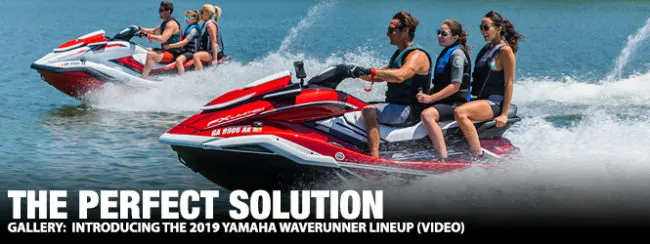
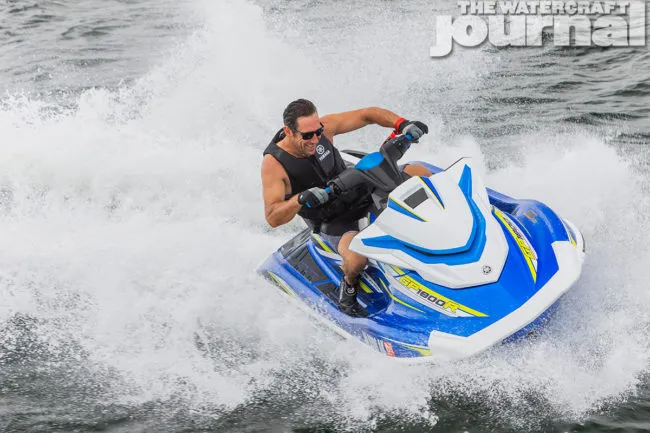
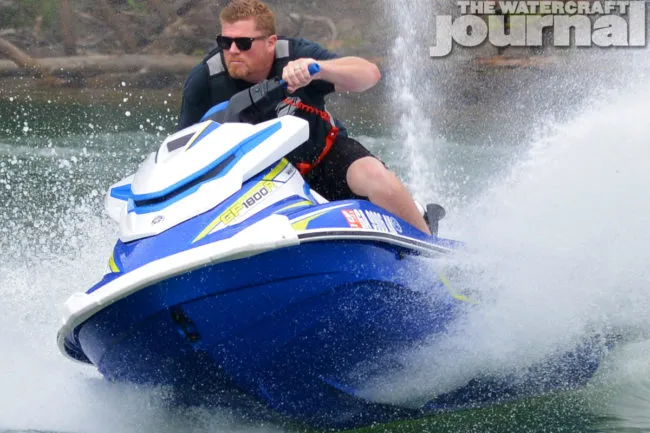
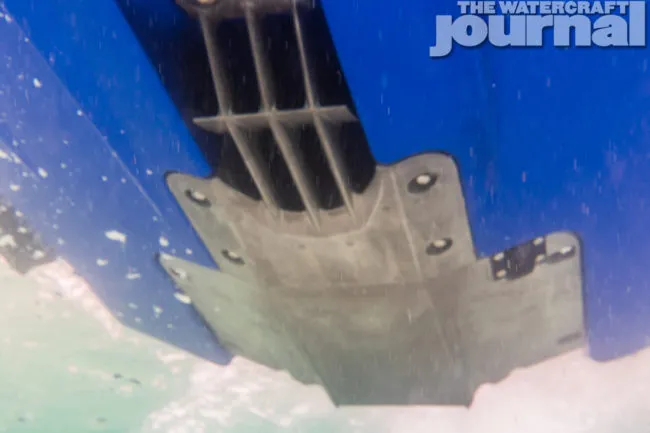
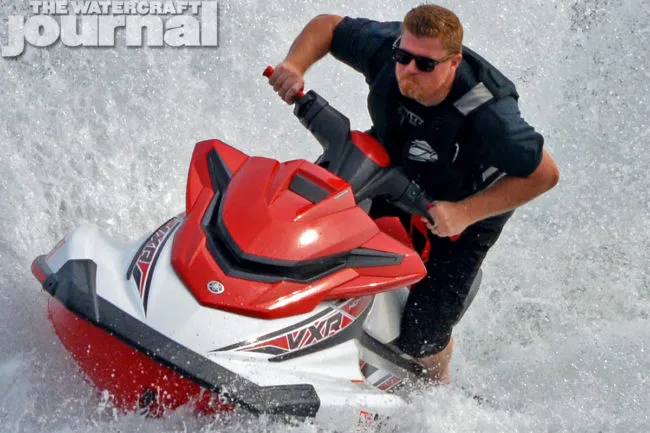
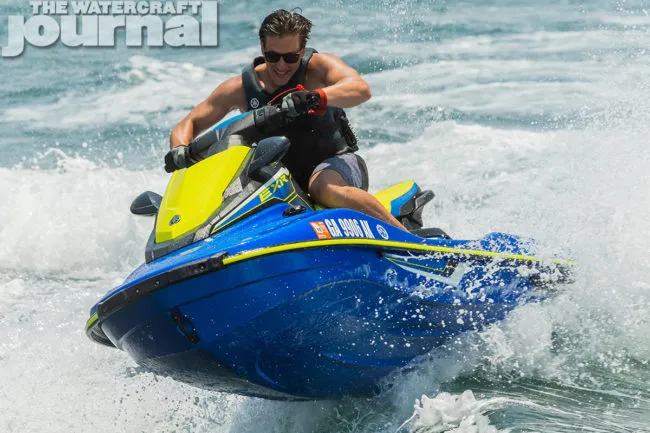
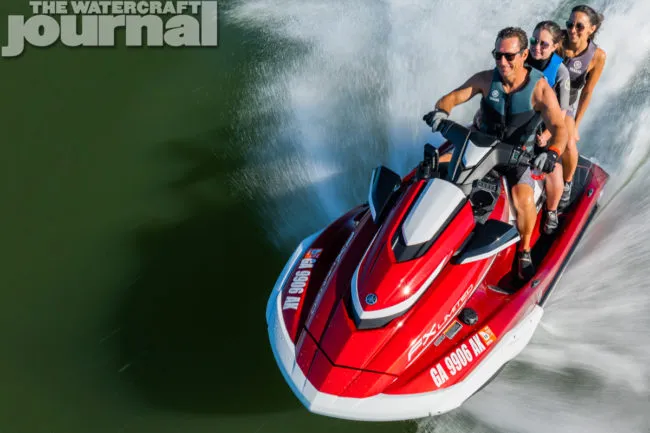
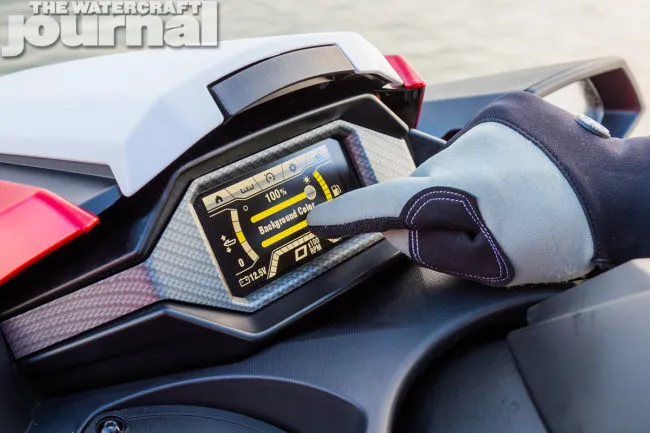
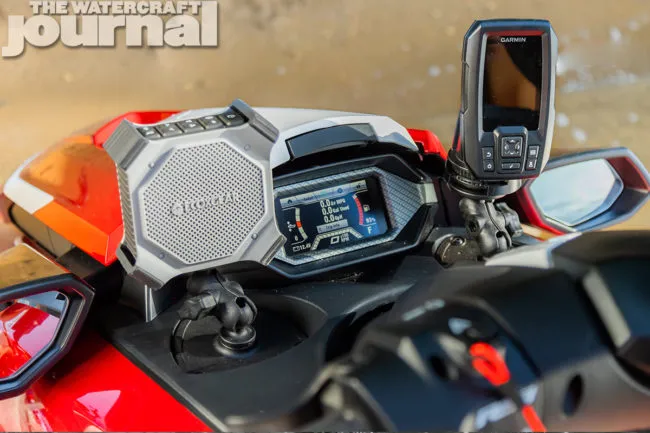
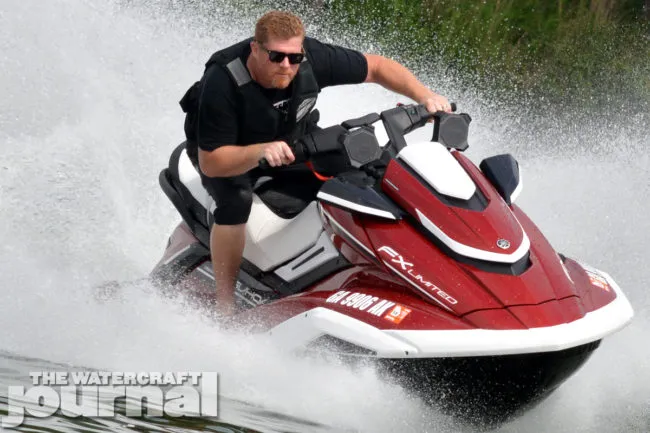
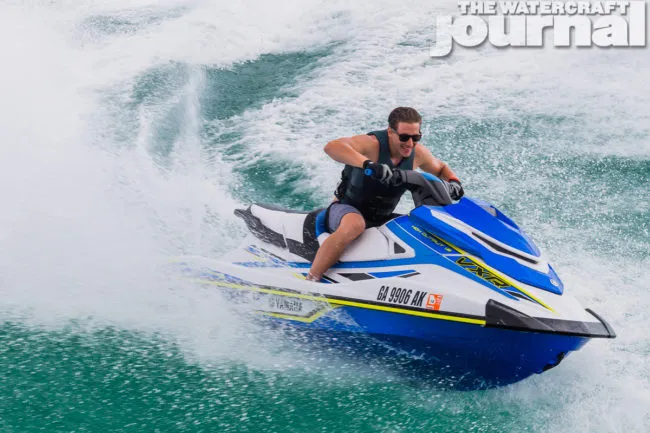

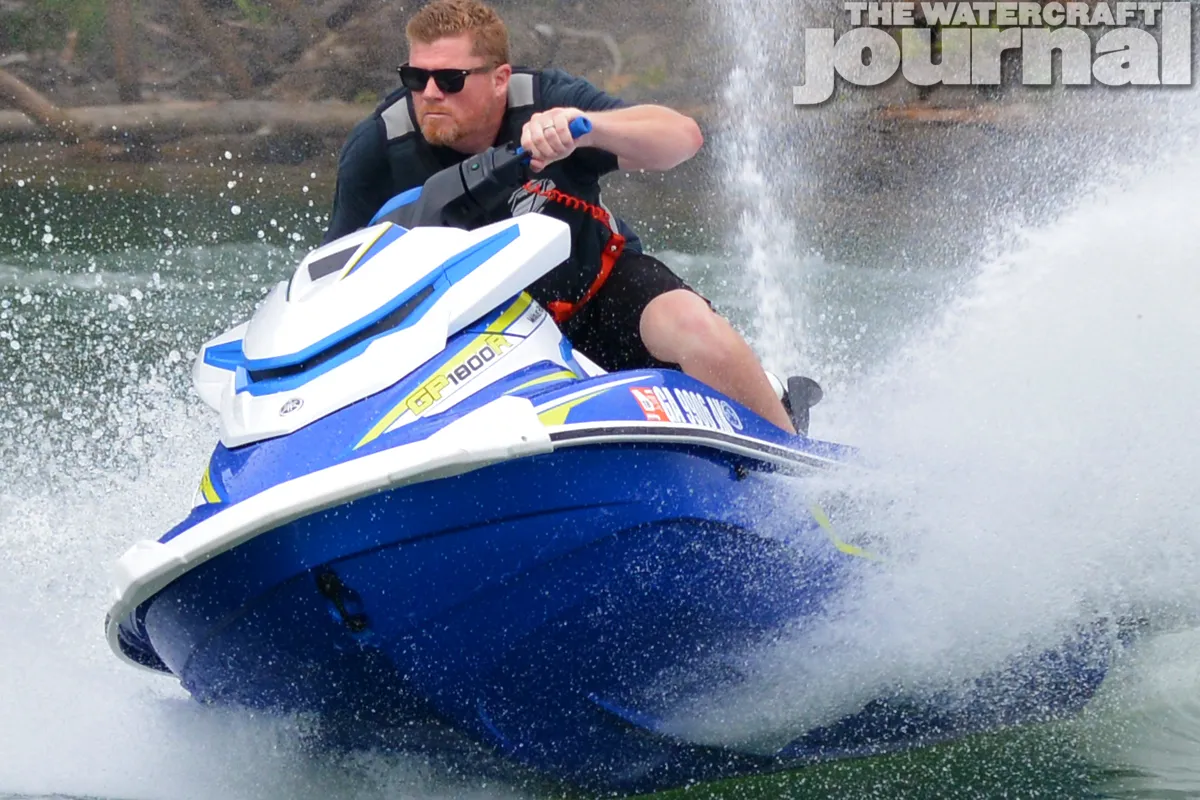
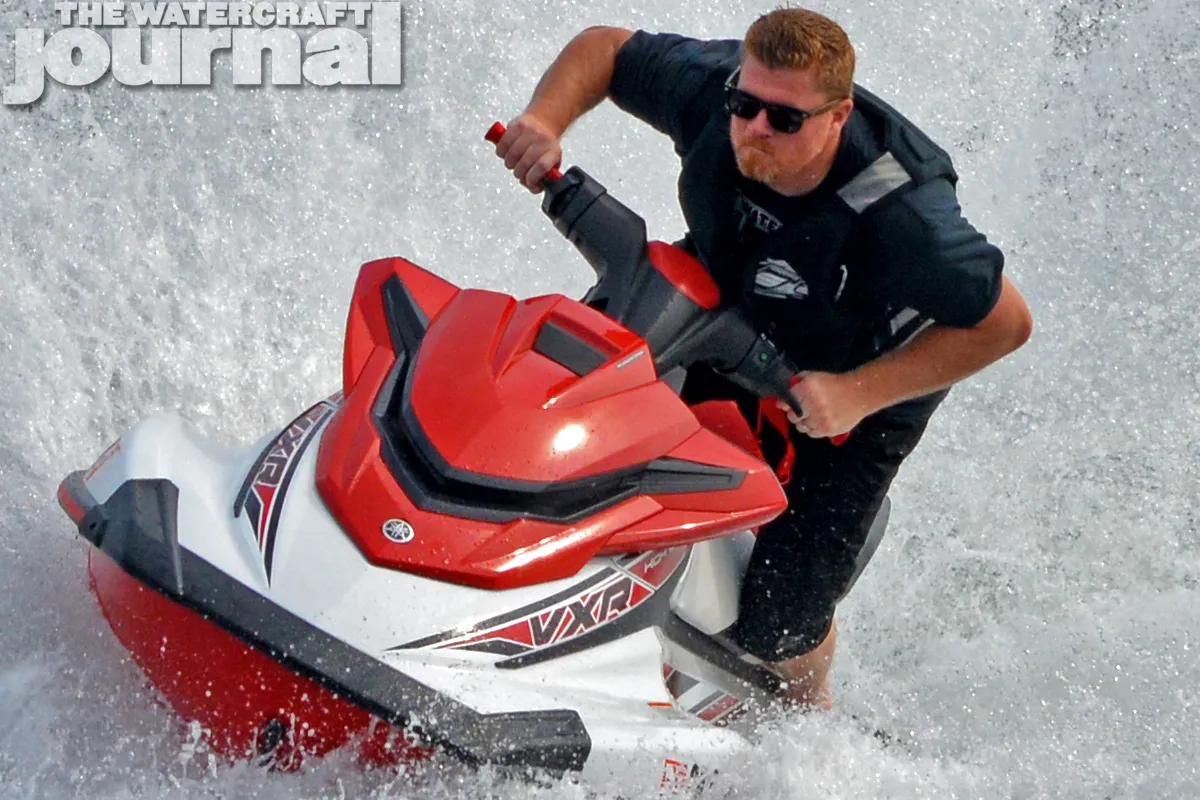
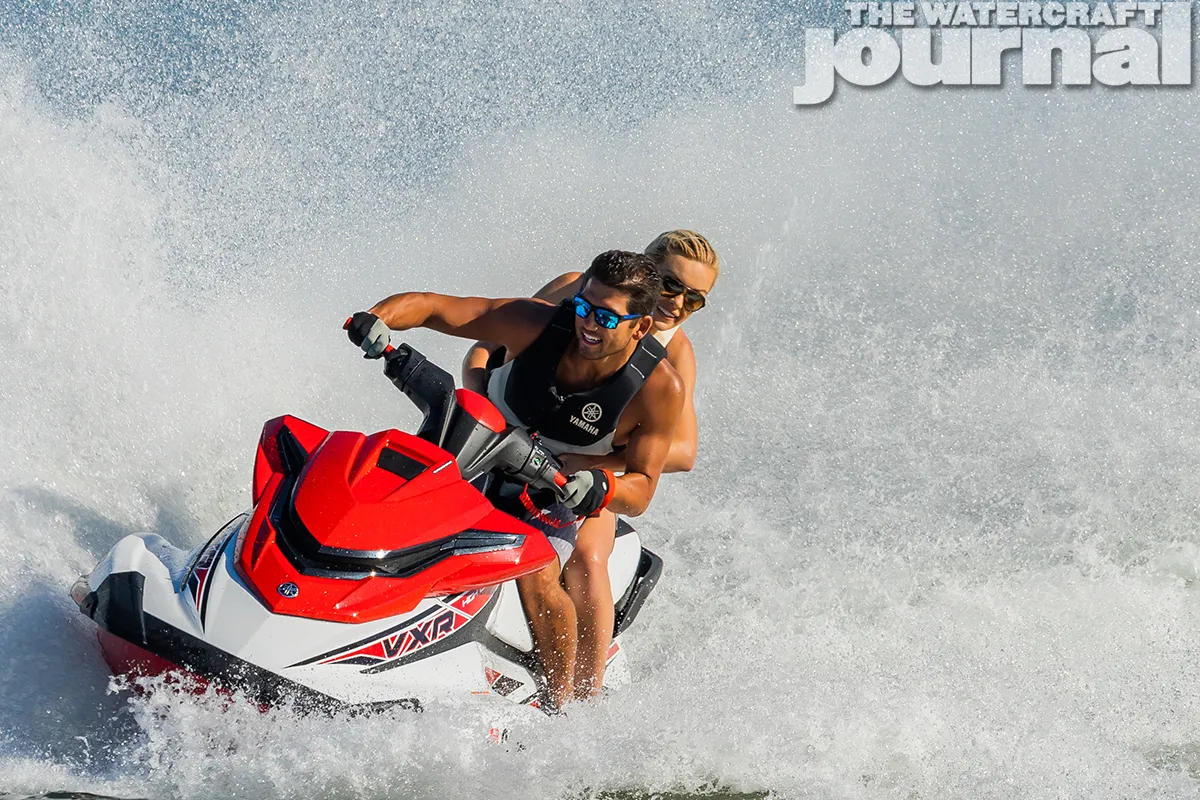
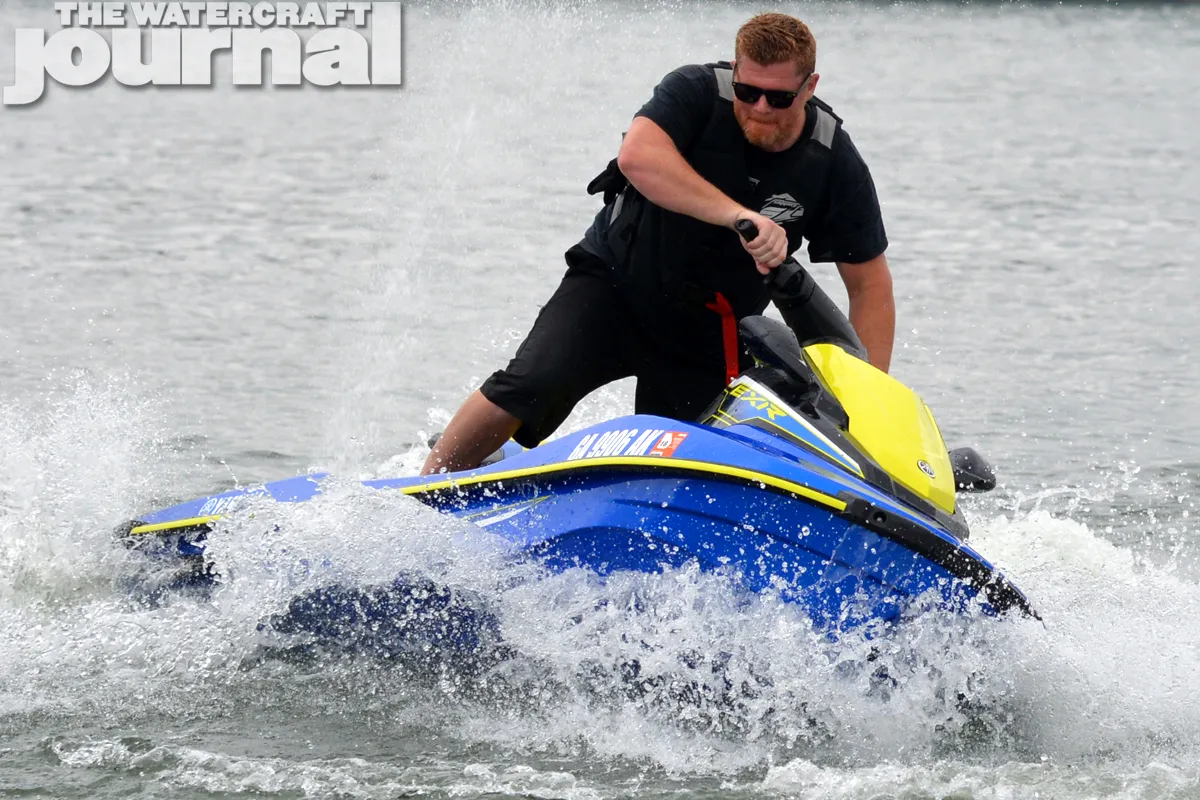
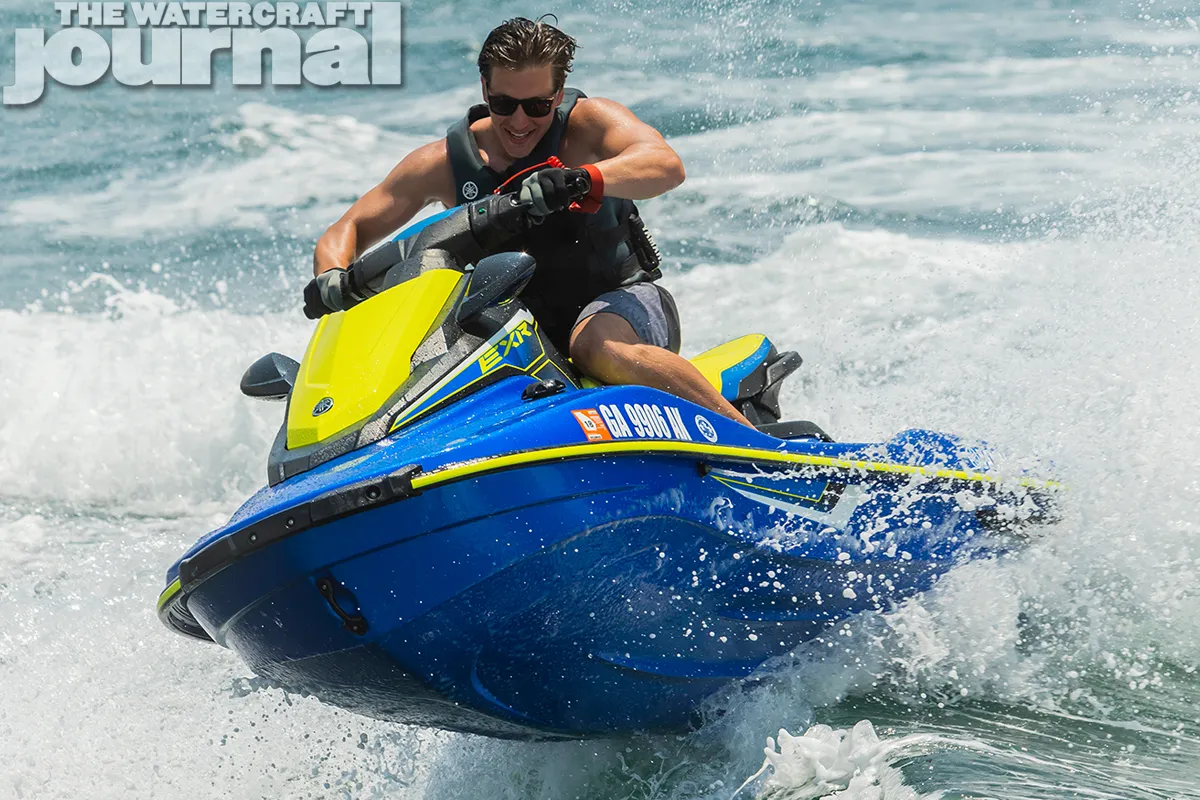
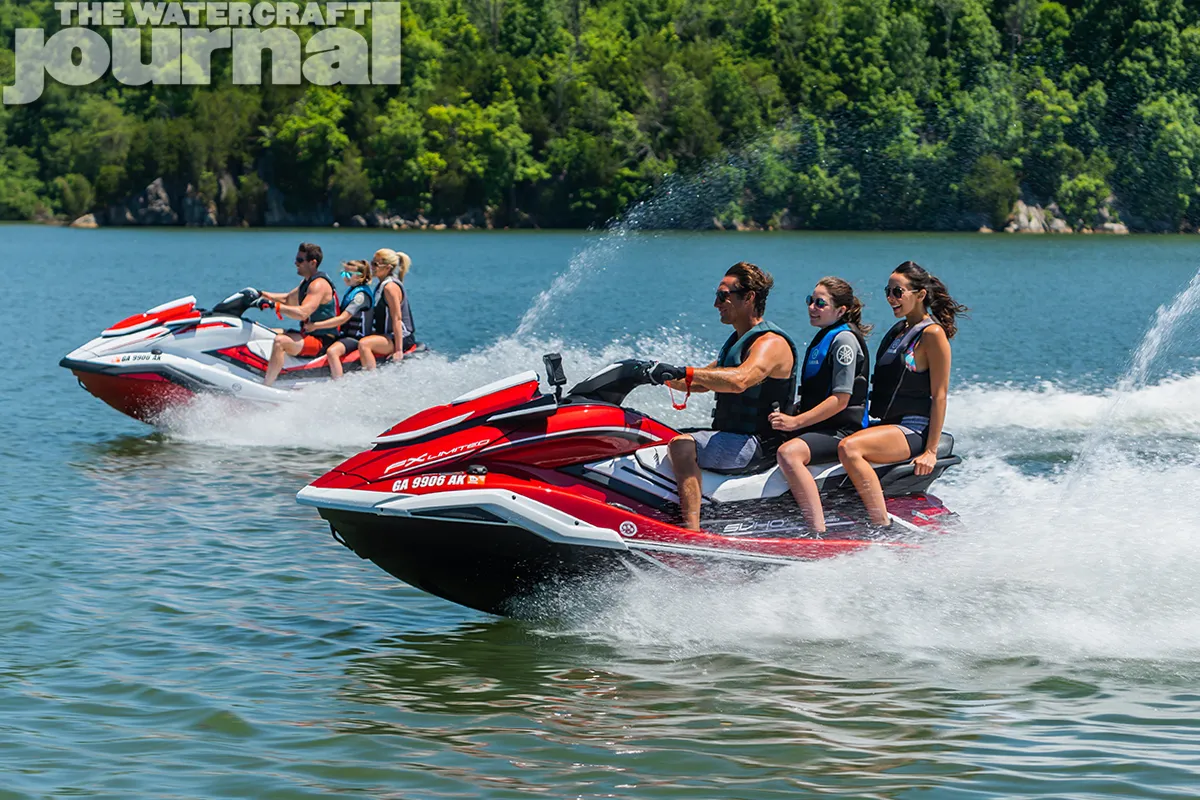
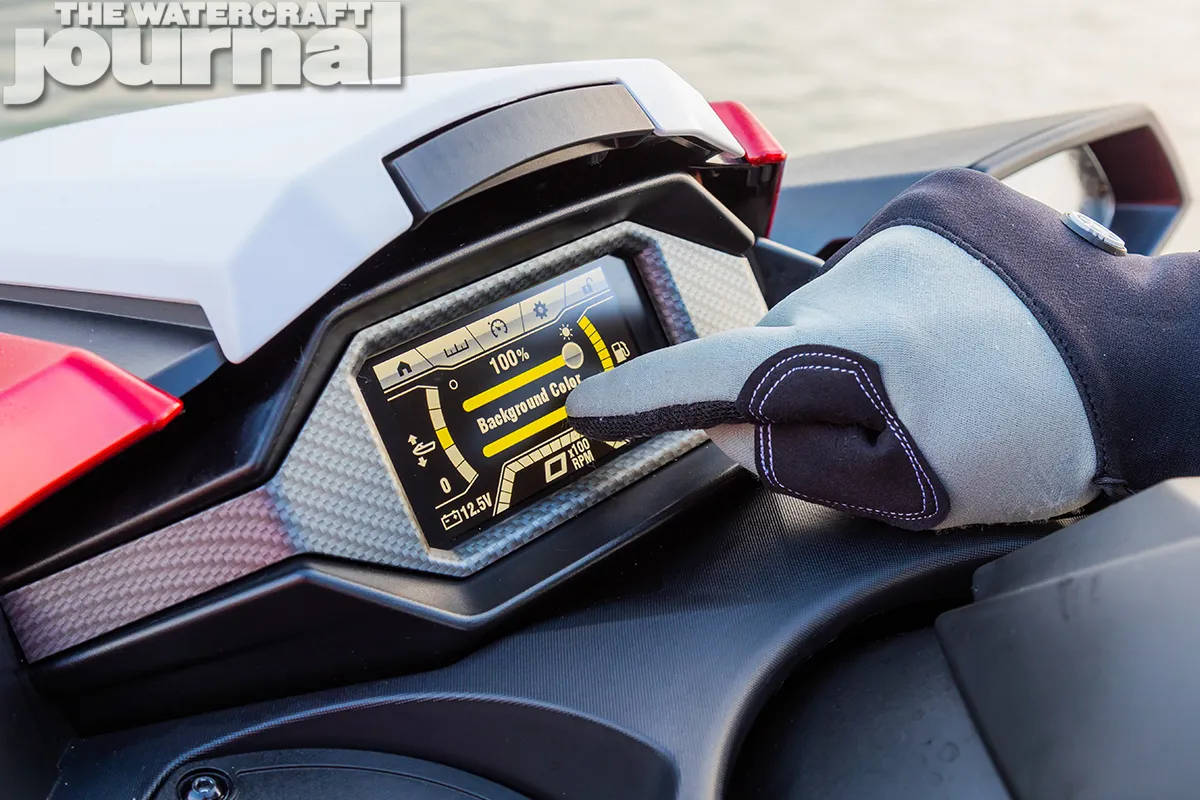

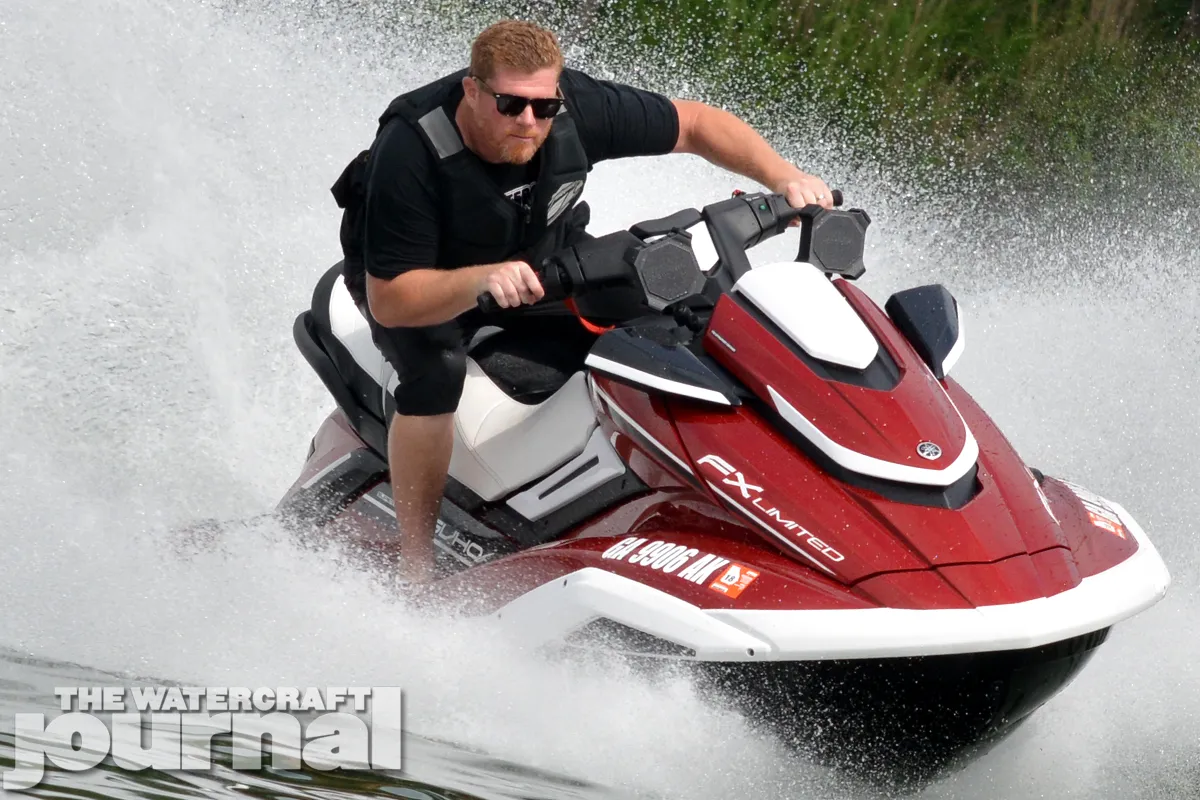

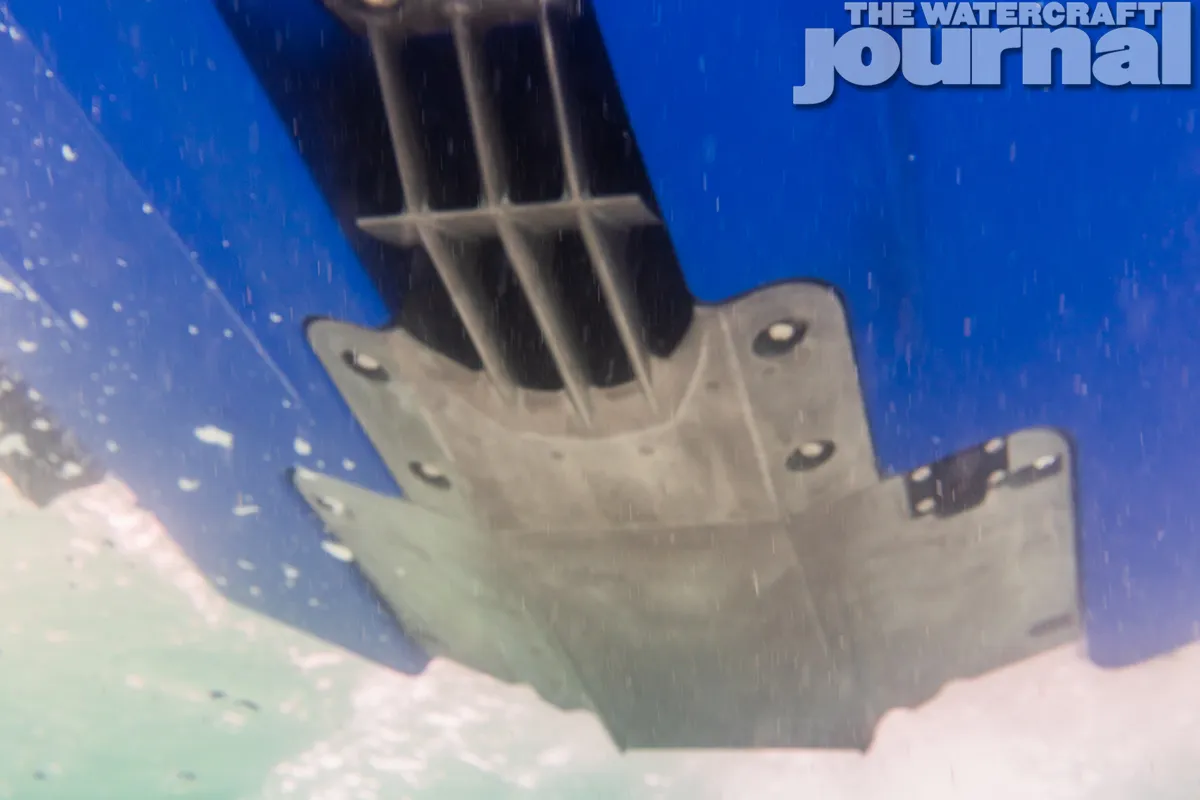
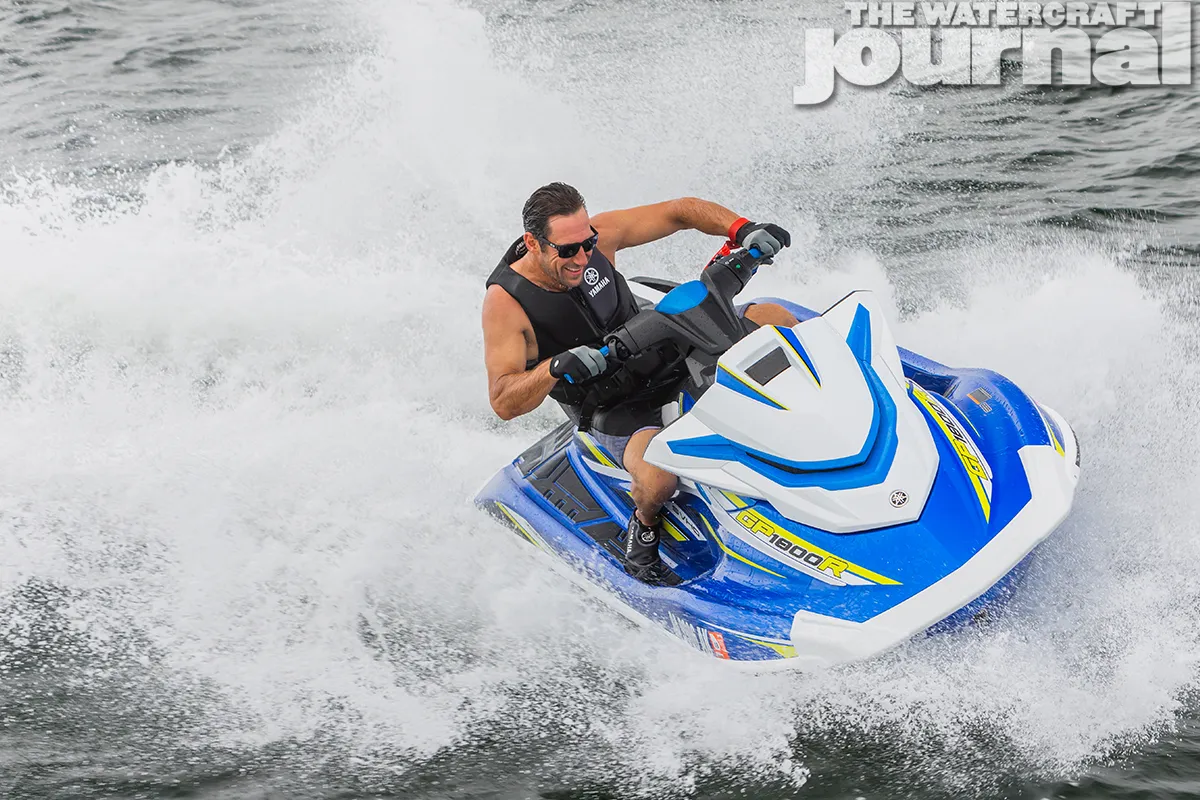
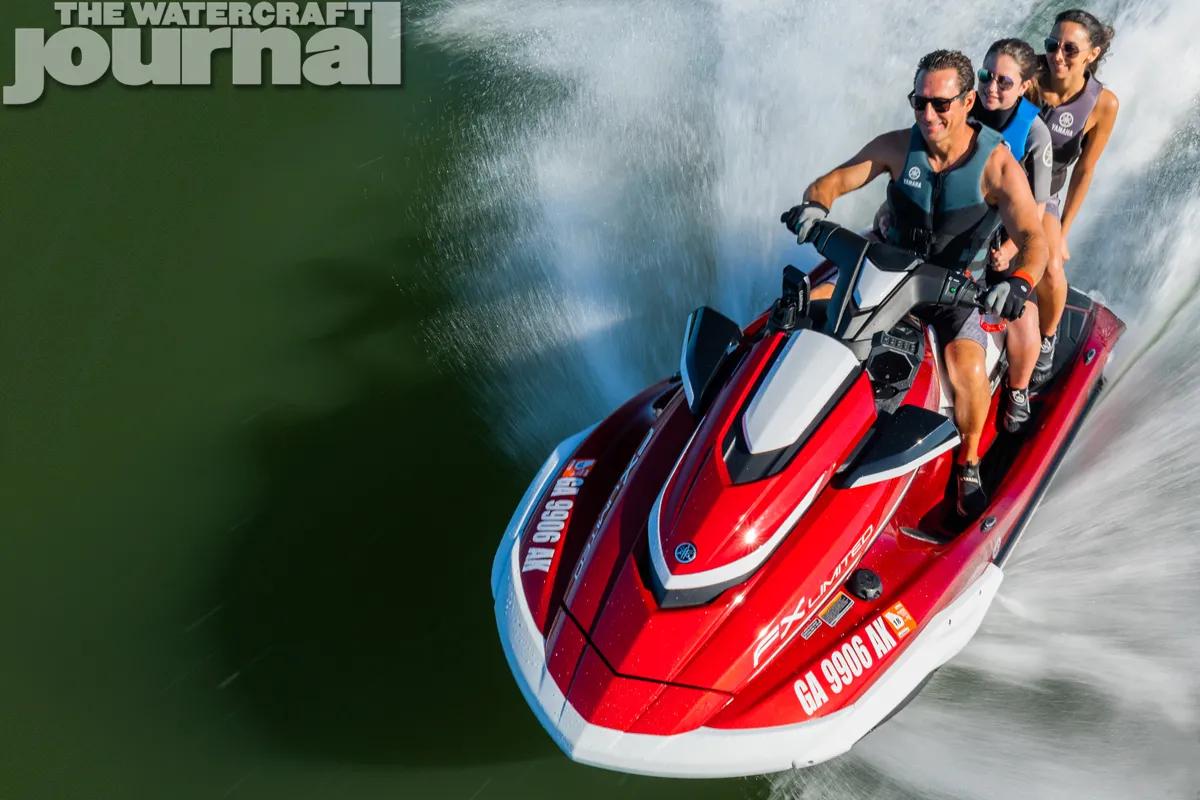





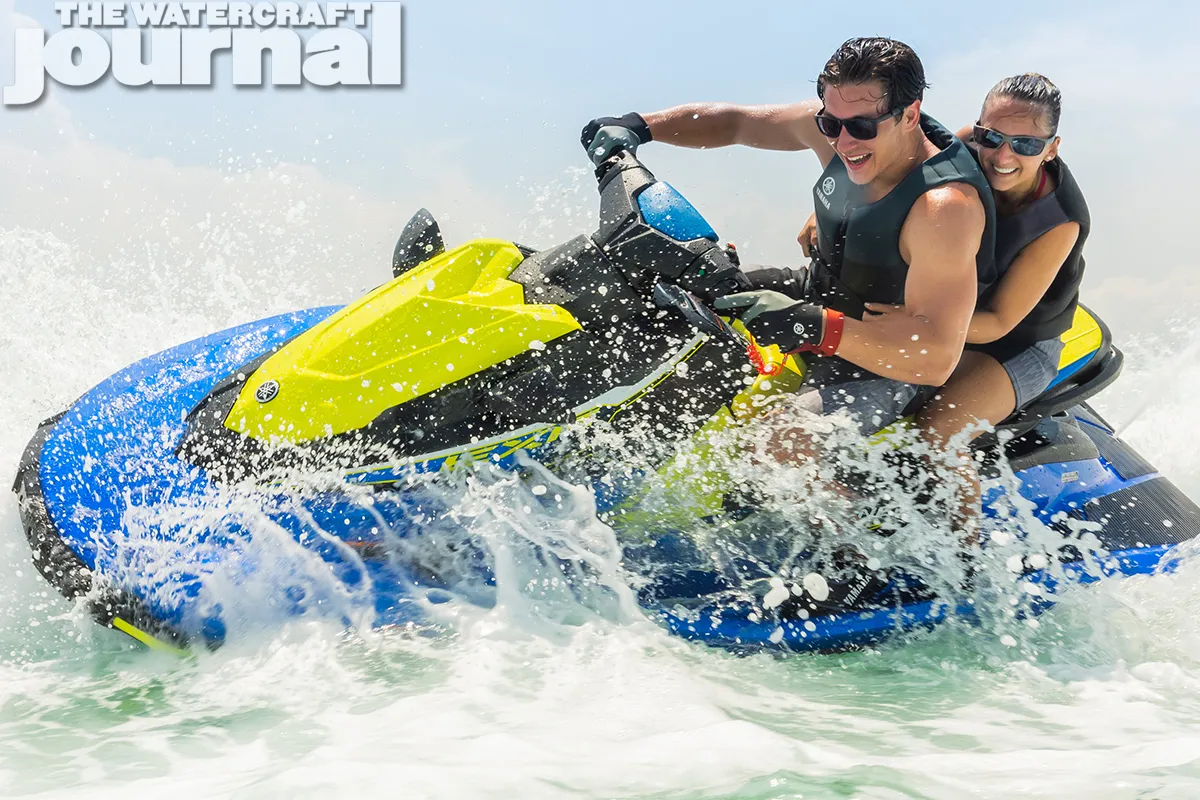
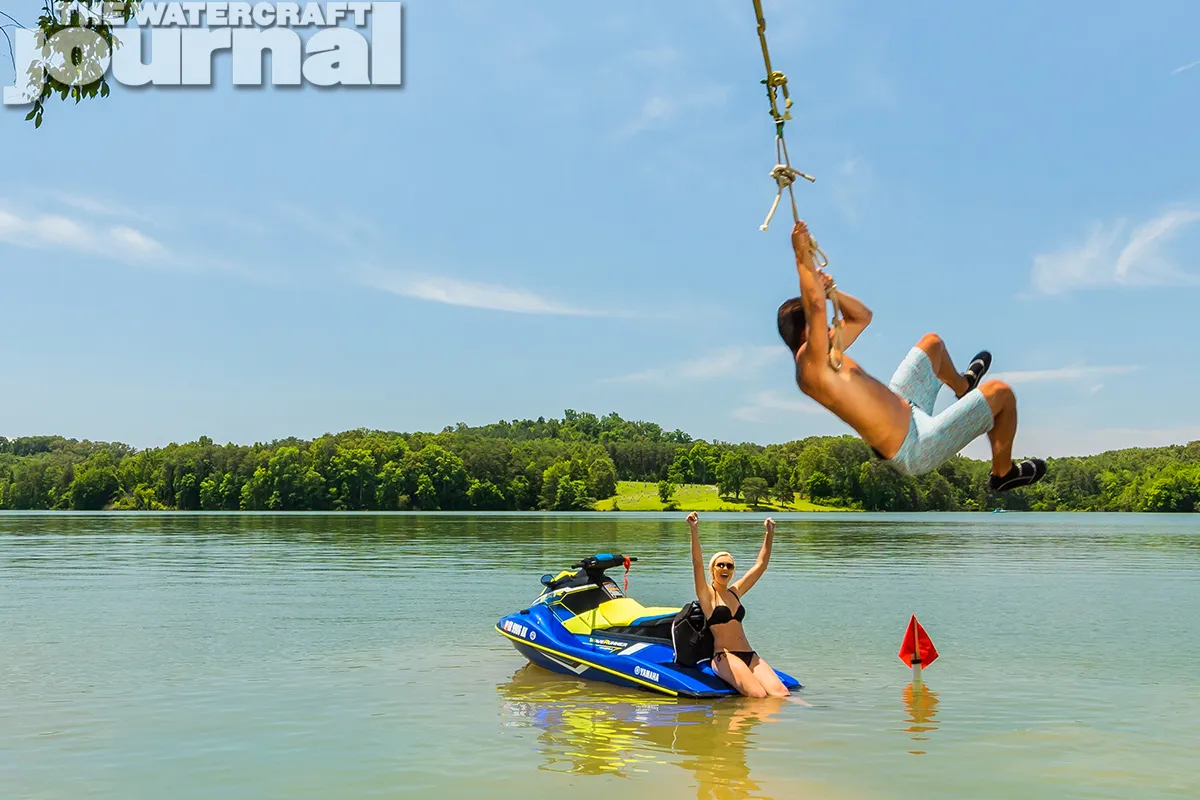
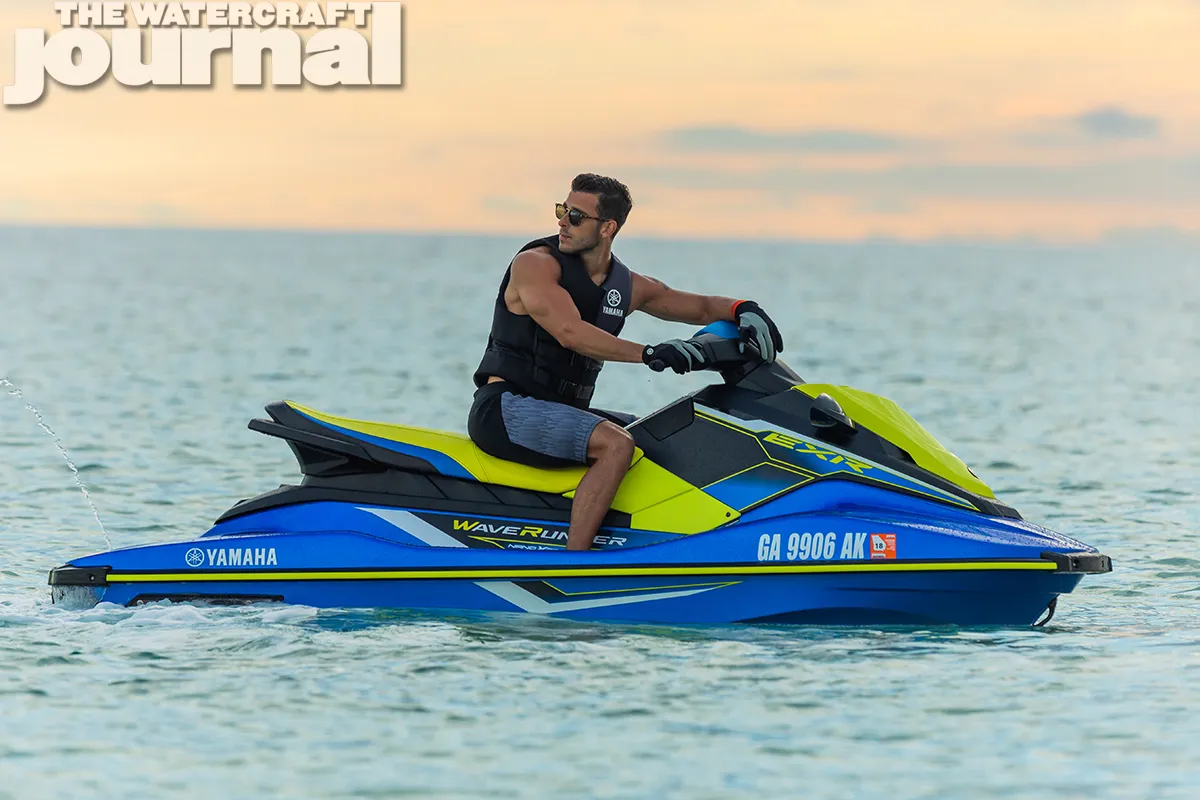
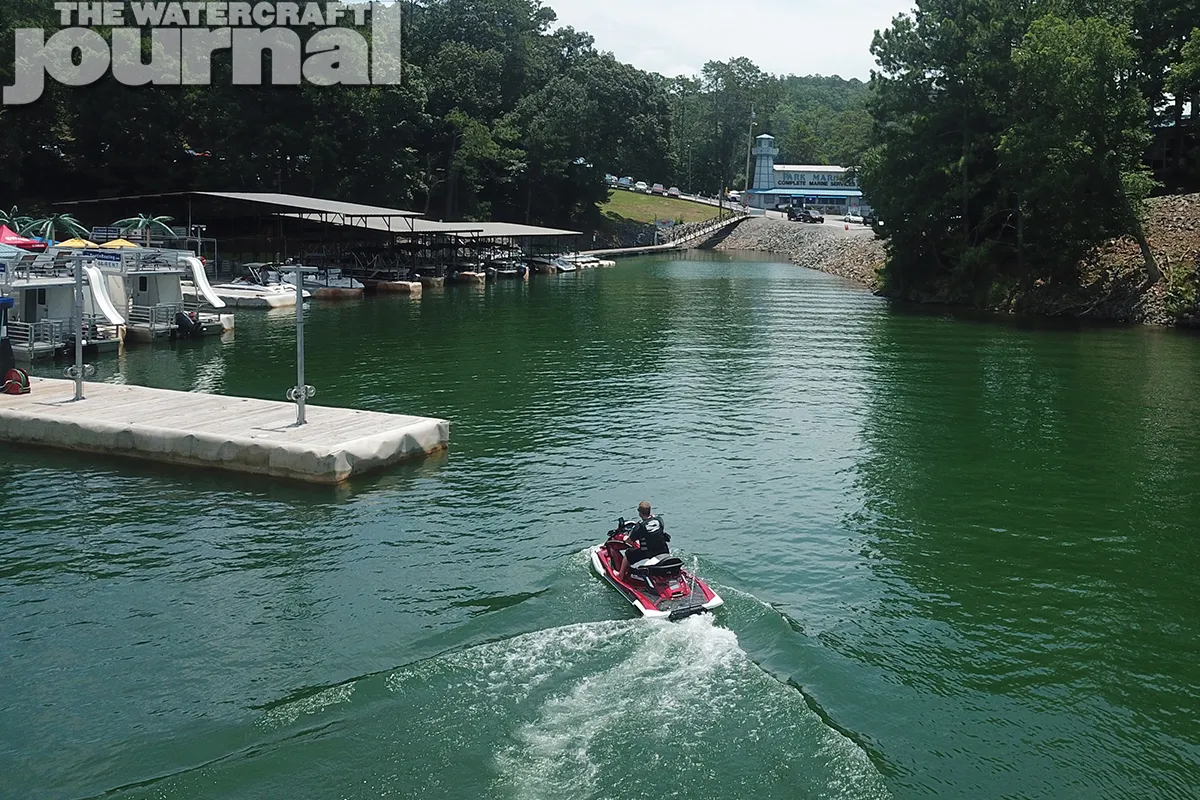
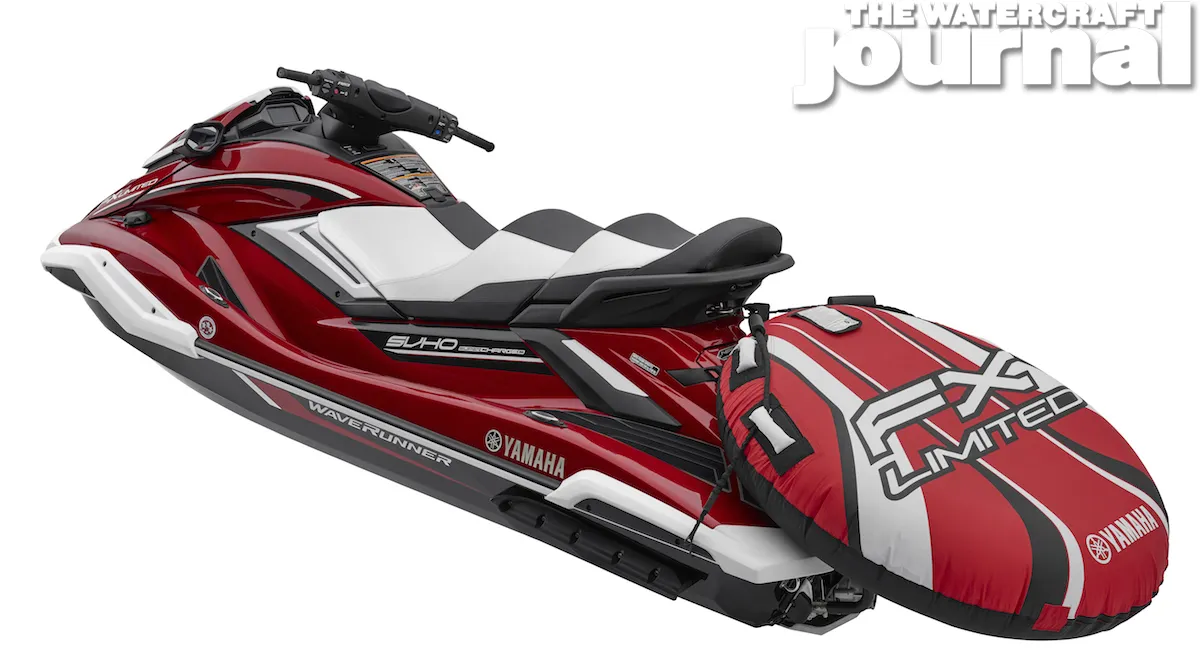
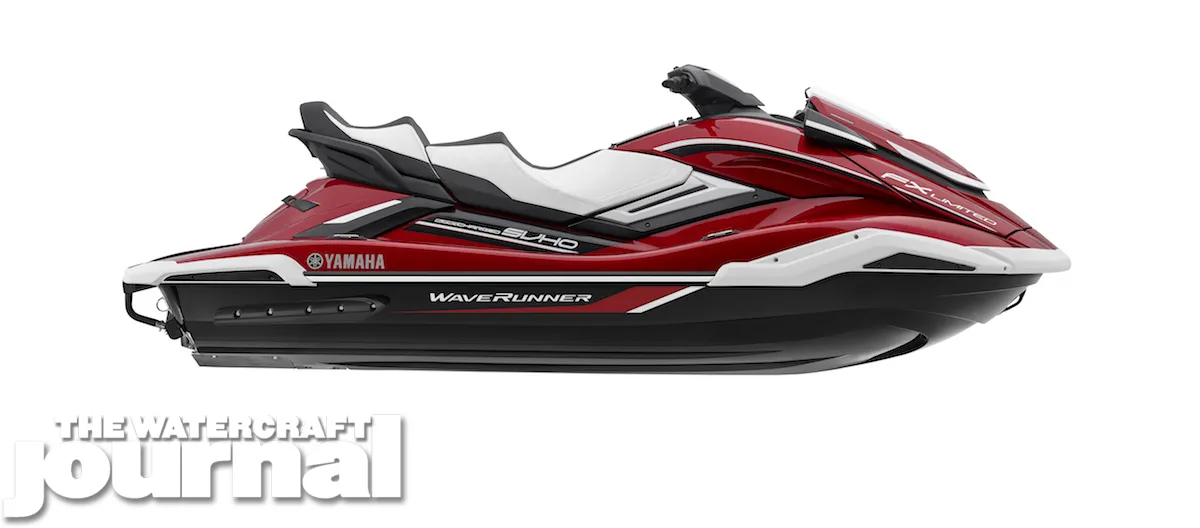
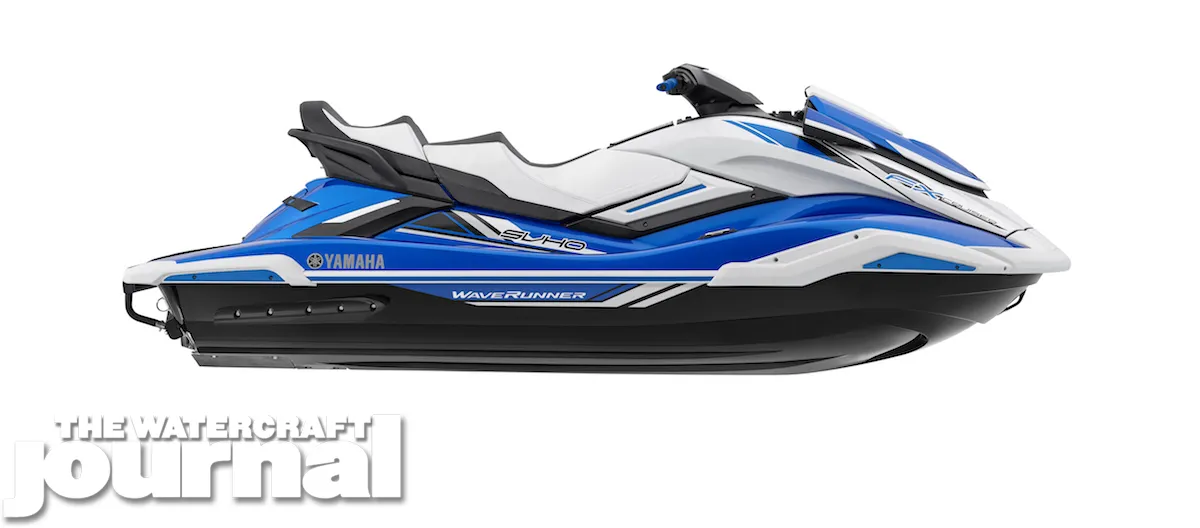
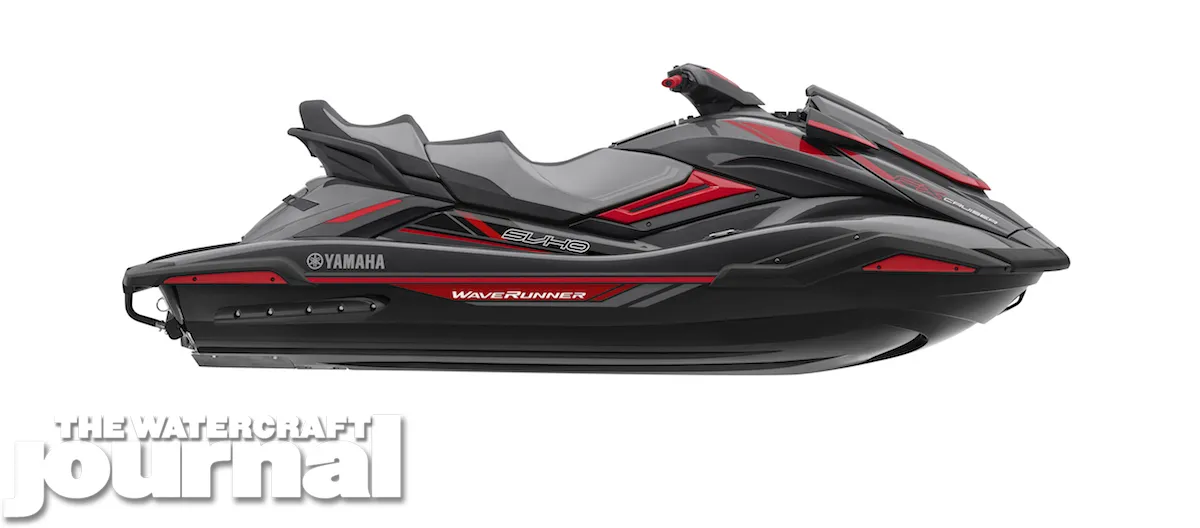
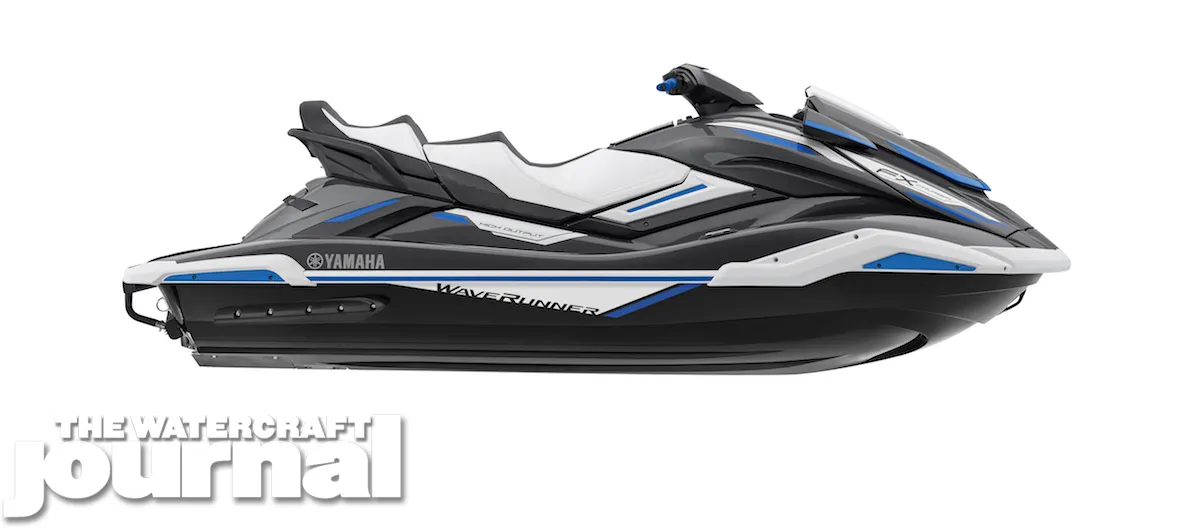
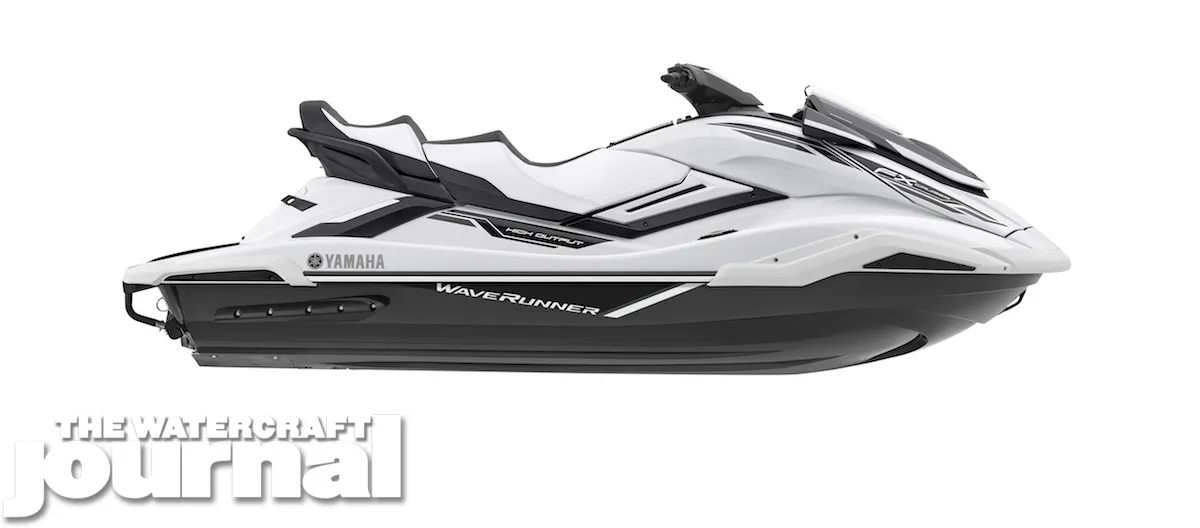
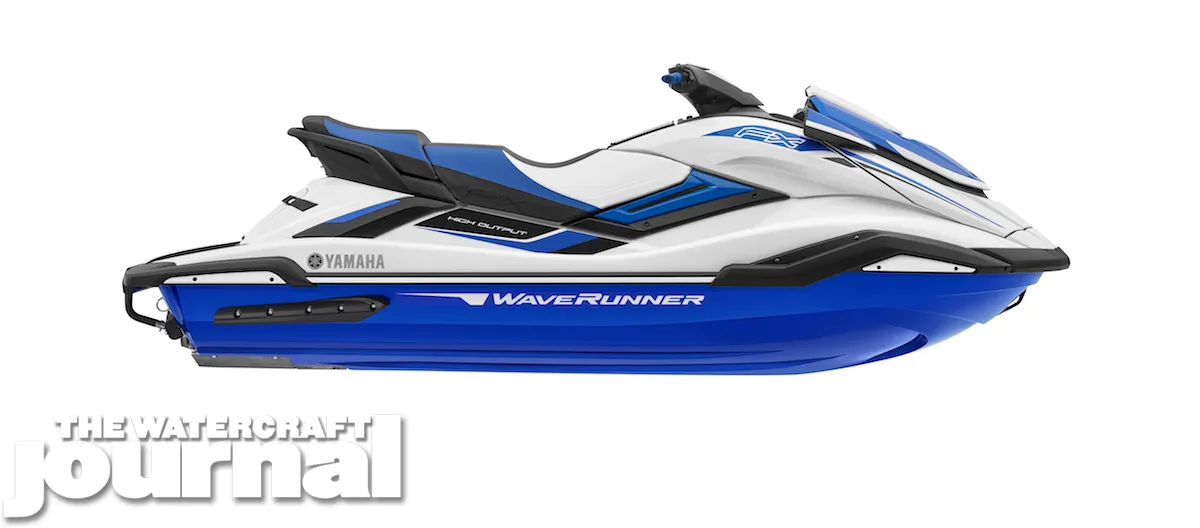
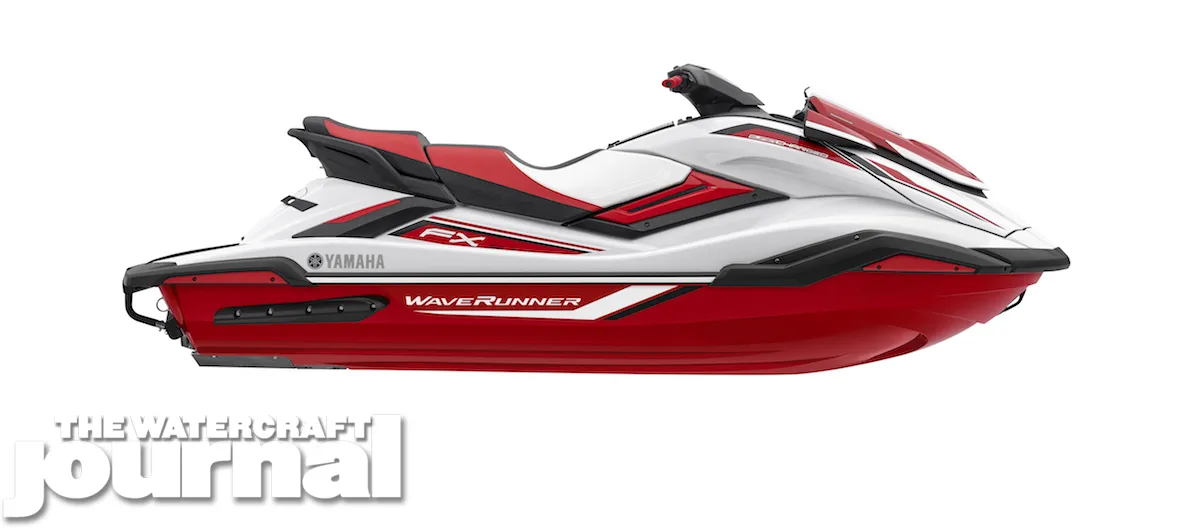

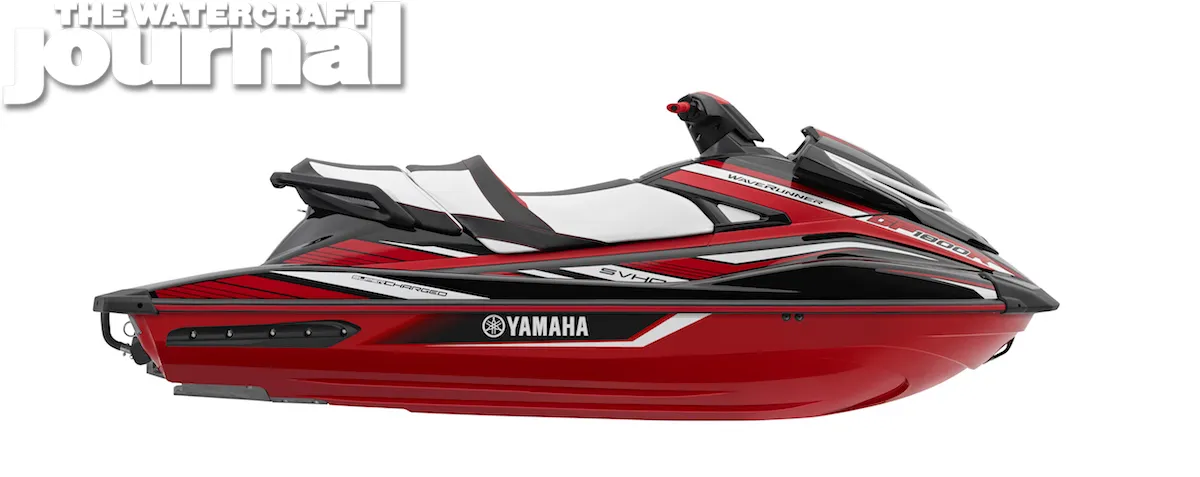
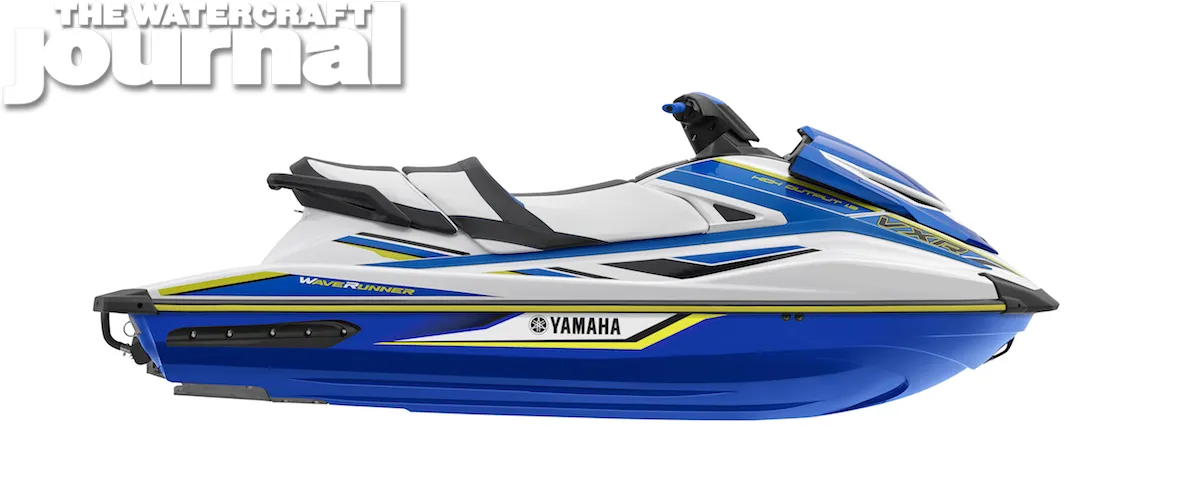
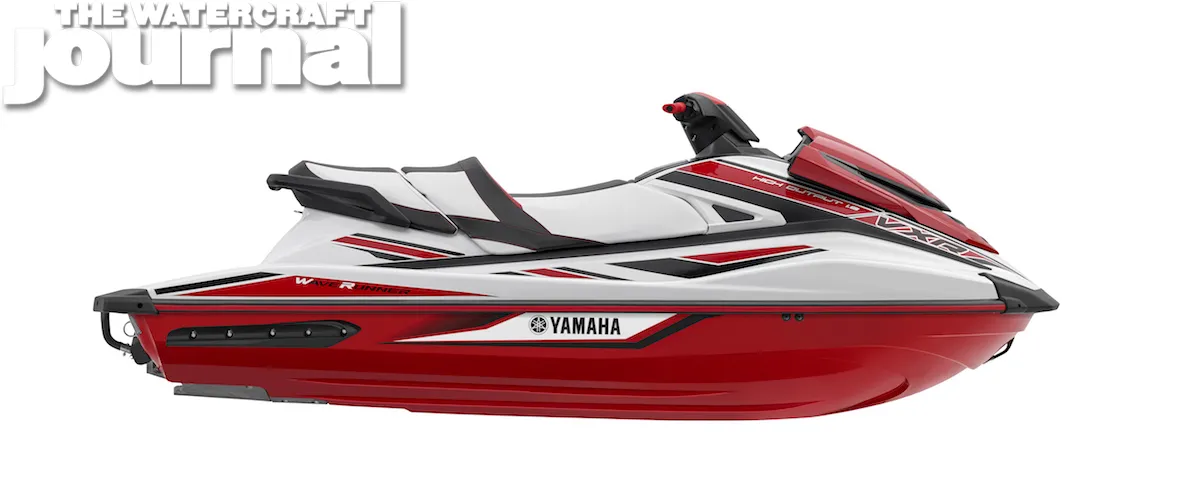
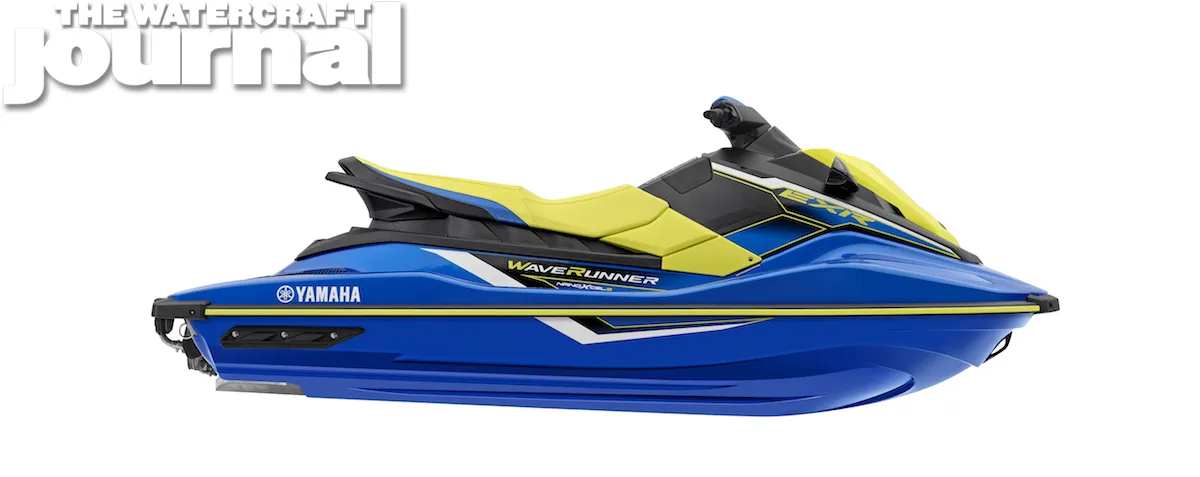
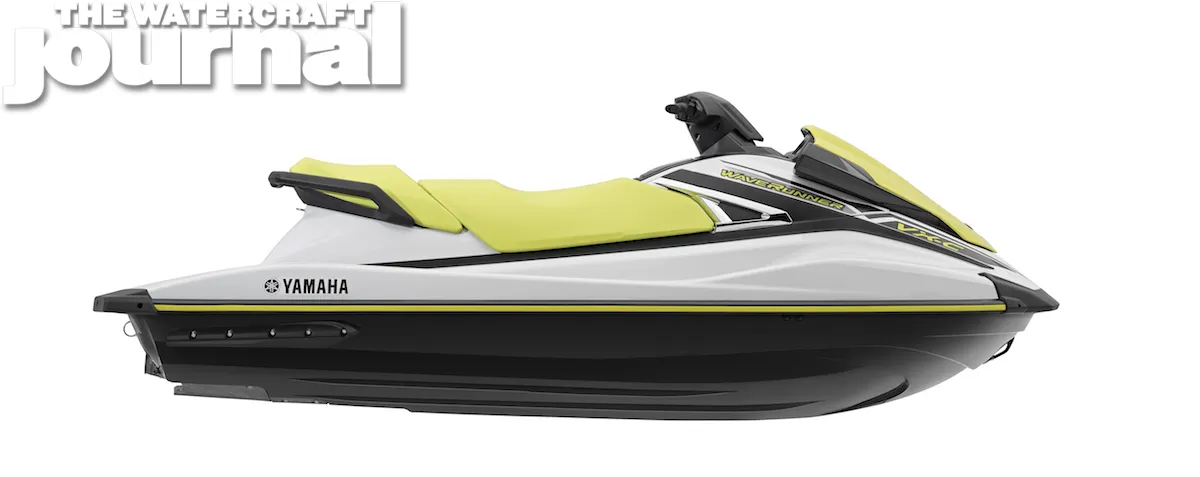




[…] Gallery: Introducing The 2019 Yamaha WaveRunner Lineup (Video) […]